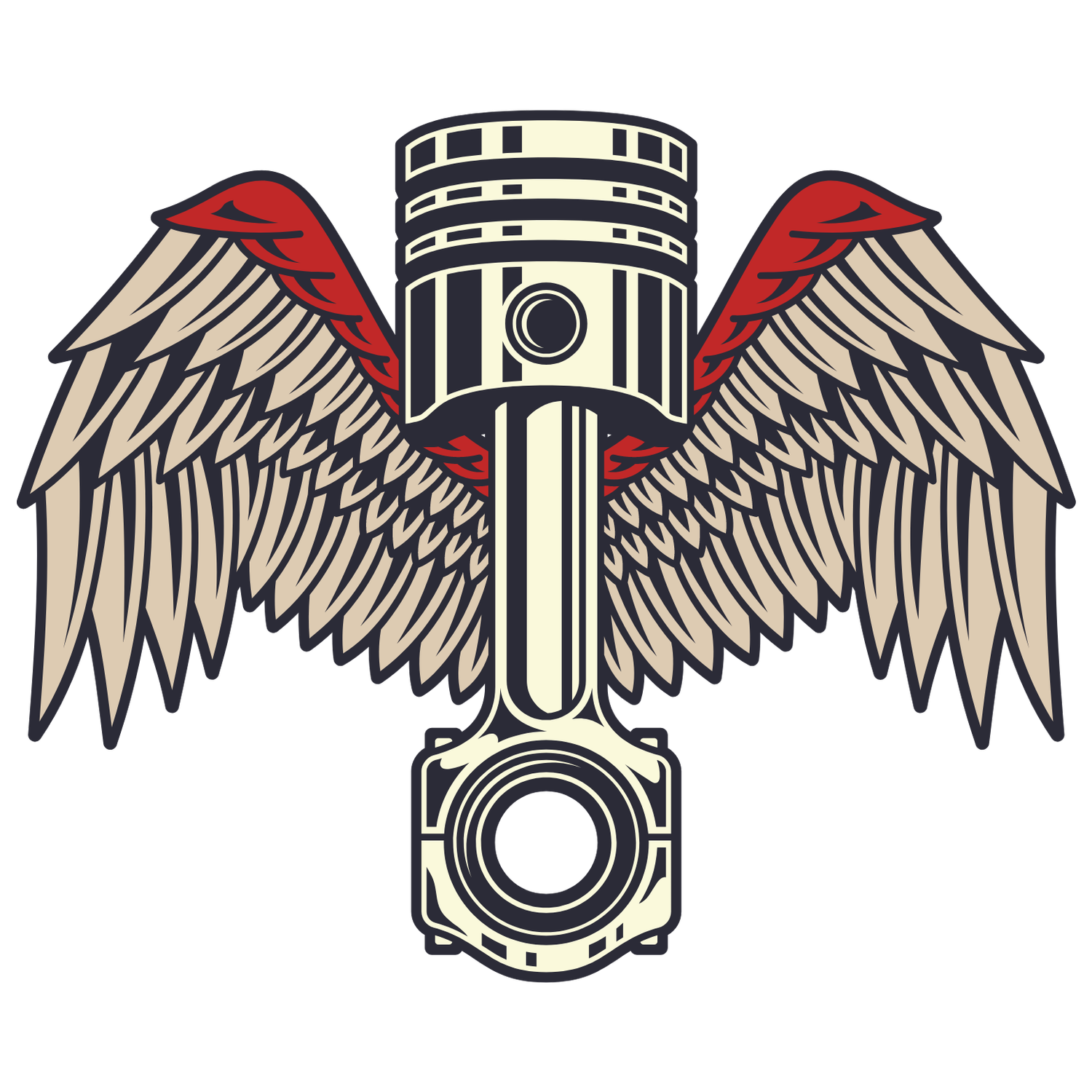10 Tips to Enhance Your Cylinder Head Machining Skills
Cylinder head machining can significantly influence the performance of an engine. Whether you're a seasoned professional or just starting, refining your skills in this technical area is essential. Here are ten practical tips that can help you become more proficient and confident in your cylinder head machining abilities.
1. Understand the Fundamentals of Cylinder Heads
Before diving into machining, grasp the basic functions and components of cylinder heads. Understanding how airflow, combustion, and cooling work within the engine will enhance your machining decisions.
Consider how each part contributes to overall engine efficiency. Familiarizing yourself with concepts like valve timing, compression ratios, and thermal dynamics will not only improve your machining skills but also empower you to troubleshoot issues more effectively when they arise. Knowledge is indeed power!
2. Choose the Right Tools for the Job
Utilizing high-quality, specialized tools designed for cylinder head machining can vastly improve precision and reduce the risk of error. Invest in tools that cater to both your current and future machining needs.
Additionally, ensure you understand the specifications of each tool. Using the right bit for the material at hand is crucial. For instance, carbide bits are excellent for hard materials, while high-speed steel may suffice for softer ones. Investing time in learning about your tools will pay dividends in the accuracy and quality of your finish.
3. Maintain Your Equipment for Optimal Performance
Regular maintenance of your machining equipment is crucial. Clean and lubricate your tools and machinery to ensure they function at their best and last longer.
This practice not only helps reduce downtime but also extends the life of your equipment. Create a maintenance schedule that includes checks for wear and tear on essential components, calibration of machines, and routine cleaning. Remember, a well-maintained tool is a happy tool!
4. Practice Proper Setup Techniques
A proper setup can mean the difference between success and failure in machining. Learn the best practices for securing and aligning your cylinder heads in the machining setup.
Take the time to double-check your work. Even minor misalignments can lead to major problems later. Using fixtures or jigs can help maintain accuracy. Always ensure that your workpiece is securely clamped and your machine is calibrated before beginning any cuts. The extra effort to set up correctly will pay off with more consistent results.
5. Utilize Advanced Measurement Tools
Investing in digital calipers, micrometers, and gauge blocks allows for precise measurements, ensuring that your machining specs are accurate. Regularly calibrate your measuring tools to maintain accuracy.
Measurement is foundational in machining. An error of merely a fraction can lead to significant discrepancies in the final product. Incorporating digital tools not only aids in precision but also streamlines the measuring process.
6. Learn the Art of Porting
Porting can significantly improve airflow and engine performance. Study techniques for matching ports to intake and exhaust manifolds to maximize engine efficiency.
Mastering port design allows you to optimize airflow within the engine, enhancing overall performance. This skill requires not just technical knowledge but also a creative mindset, as you often have to adjust designs based on unique engine specifications.
7. Understand the Importance of Decking
Decking is vital for ensuring a flat surface for gaskets and proper sealing. Learn the methods for accurately decking cylinder heads and how to measure flatness effectively.
Missing this vital step can lead to catastrophic engine failures down the line. Make it a practice to ensure your deck surface is not just flat but is also free from imperfections. Regularly check with a straightedge and feeler gauge to prevent surprises after assembly.
8. Familiarize Yourself with Different Materials
Different cylinder head materials require distinct machining approaches. Understand the characteristics of aluminum, cast iron, and alloy heads to tailor your techniques appropriately.
Each material has its unique challenges: aluminum, while lightweight, can warp more easily under heat; cast iron, on the other hand, is heavier but often tougher to machine. Learning these intricacies can help you adapt your methods for each material type.
9. Experiment with Finishing Techniques
Surface finishing can impact performance and aesthetics. Learn various finishing techniques like polishing and coating, and experiment to find what works best for your projects.
The right finishing touches can make a huge difference. A smoother surface not only looks better but can also improve airflow for better engine performance. Don't shy away from experimentation; sometimes, the most intriguing results come from stepping outside your comfort zone.
10. Stay Updated on Industry Trends
The machining industry is constantly evolving. Stay informed about new technologies, techniques, and best practices by engaging in forums, workshops, and training sessions.
Networking with peers can also offer insights that books alone may not provide. Courses covering the latest advancements or online communities can help you stay ahead. In a field like machining, where new innovations are frequent, remaining adaptable is key to consistent success.

